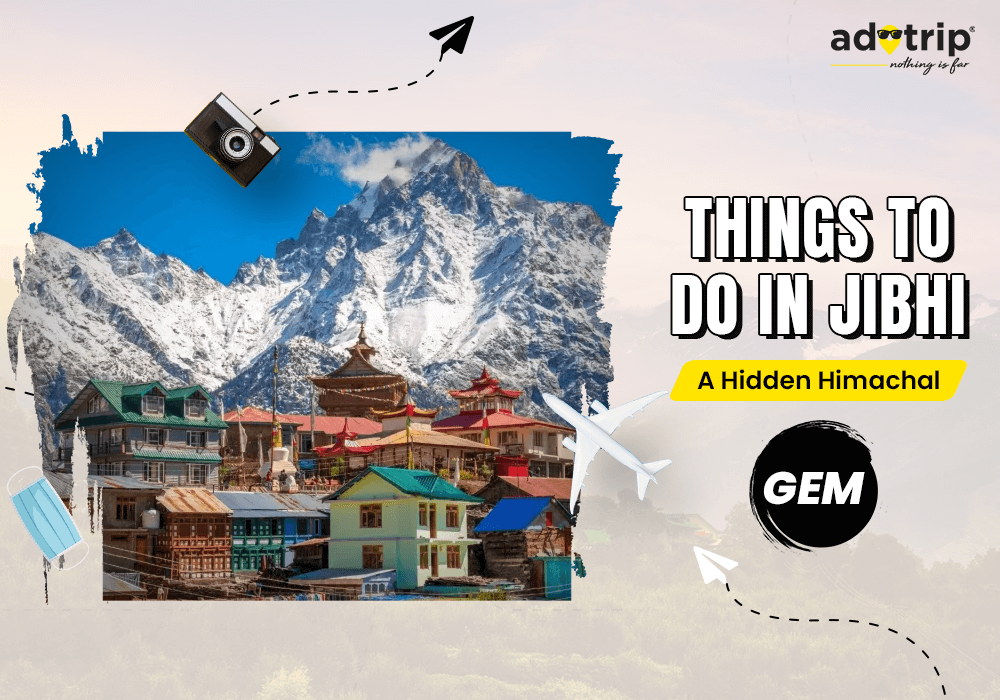
Last Updated At: 07-May-2025
Things to Do in Jibhi - A Hidden Gem Himachal
We arrived in Jibhi with just a backpack and a curious heart. Tucked deep in Himachal’s Banjar Valley, Jibhi felt like a world of its own—no honking cars, no crowded streets, just wooden houses, whispering pines, and the sound of the Tirthan River running by.
If you're looking for a break that feels personal and raw, this Himachali hamlet should be on your radar. Here's a Jibhi travel guide built from real experience—packed with stories, sights, and the spirit of adventure!
1. Hike to Serolsar Lake
Our day began with a steaming cup of pahadi chai. Then came the boots. The trail to Serolsar Lake is wrapped in deodar trees, stretching out like green tunnels. Every step felt like a walk through time. Locals believe the lake never gathers a leaf on its surface—mysterious, right?
It’s not just a walk. It’s a connection. Pack light, carry water, and listen to the quiet.
2. Spend a Morning at the Jibhi Waterfall
If there's a place where time feels slower, it's here. The Jibhi waterfall visit is all about pause. A short walk from the main village took us to the gurgling waters, flowing like poetry over moss-covered stones. You can sit nearby on wooden benches built by locals or dip your feet into the chilly stream.
Get there early. It's peaceful and refreshes more than just your face.
3. Visit Chehni Kothi – The Giant Stone Tower
You’ll want to see this ancient watchtower. Built in traditional Kath-Kuni style, Chehni Kothi rises like a quiet sentinel over the valley. The path winds uphill and passes apple orchards that smell sweeter than any perfume.
Up there, the views speak louder than words. Carry snacks and a good camera. This is one of the best places to visit in Jibhi.
4. Take a Dip in the Natural Pools of Bahu
Bahu village is offbeat and charming. We walked through stone paths and found natural pools tucked between boulders. The water is icy. One plunge is enough to wake every nerve in your body. But that’s the point—it energises you like nothing else.
Locals often come here for a dip before work. Join them. You’ll feel alive.
5. Go Trout Fishing at Tirthan River
Love the idea of catching your own dinner? Tirthan River runs close to Jibhi, and trout fishing here is a favourite among visitors. We tried it, with the help of a local guide, and reeled in a catch within an hour.
It’s peaceful. It’s thrilling. And the best part? A fresh trout meal grilled over fire.
Tip: Get a permit—it’s easy and affordable.
6. Get Lost in the Forest Trails Behind Jibhi
Most people stick to the roads. You shouldn’t. The forest trails around Jibhi are the real deal—wild, quiet, and filled with bird calls you’ll never hear in the city.
These aren’t mapped walks. Ask a local and take it slow. We found wooden bridges, wild mushrooms, and even a shy barking deer.
This is what real Jibhi sightseeing looks like.
7. Try Camping in Jibhi
Sleeping under the stars isn’t a bucket list item—it’s something you need to feel once. Several campsites are available here, nestled between trees and beside rivers.
We chose one near the riverbank. There was a bonfire, acoustic music, and stories shared over soup and roti. The night sky was clear, and you could almost count the stars.
Camping in Jibhi is raw. It’s real. And it’s deeply comforting.
8. Experience Local Culture in Ghiyagi
A 15-minute drive from Jibhi, Ghiyagi is quieter but holds its own magic. We met families who invited us for lunch. Sitting cross-legged on wooden floors, we had siddu (a Himachali stuffed bread) and rajma with ghee.
If you love slow travel, this is a must. You’ll leave with full hearts and heavier bags (locals love gifting apples!).
9. Trek to Raghupur Fort
Not far from Jalori Pass is a trail that leads to Raghupur Fort. The trek begins steep but soon evens out to wide meadows, wildflowers, and crisp mountain air.
Though the fort itself is in ruins, the view makes the climb worth it. This was one of our top picks for trekking in Jibhi—easy enough to finish in half a day but rewarding enough to remember forever.
10. Hunt for Hidden Gems in Jibhi’s Book Cafes
Yes, book cafes. In between adventures, we stumbled upon cosy spots that served pancakes, herbal tea, and shelves of tattered novels.
They’re not just cafes—they’re community hubs. You’ll meet bikers, solo travellers, and even musicians passing through.
This is where stories are born. And maybe, where yours will begin too.
How to Reach Jibhi
Reaching Jibhi is an adventure in itself! Here’s a quick guide to get you there:
- By Road: Jibhi is well-connected by road. The nearest major city is Manali, which is about 150 km away, and can be reached via bus or taxi. If you’re coming from Delhi, you can take a direct bus to Aut, which is around 35 km from Jibhi, and then hire a local taxi.
- By Train: The closest railway station is Joginder Nagar, around 115 km away. From there, take a taxi or a bus to Jibhi.
- By Air: The nearest airport is Bhuntar Airport (Kullu), about 50 km from Jibhi. From the airport, hire a taxi for a scenic drive to Jibhi.
Why Jibhi Should Be Your Next Trip
Jibhi is more than a holiday spot. Every road winds differently here. Every path tells a new story. The mix of forest walks, ancient architecture, river trails, and hidden food joints makes this place unforgettable.
So, if you're hunting for the real deal—not the Instagram version but the one that sits with you long after you've left—pack your bags.
There are countless things to do in Jibhi, and none of them will feel rushed.
Need help planning your Jibhi adventure?
We’ve got you covered! From customised itineraries to offbeat stays and local guides—we know how to make your trip seamless and unforgettable.
Let us plan your Jibhi escape. CONTACT US TODAY and get a local-style trip with zero hassle!
Plan less. Travel more. Let the hills surprise you.
TALK TO US NOW and book your Jibhi trip with a local touch!
Frequently Asked Questions About Things to do in Jibhi
Q1. How to reach Jibhi from Delhi or Chandigarh?
A. From Delhi, take a Volvo bus to Aut (near Mandi), then hire a taxi to Jibhi. Chandigarh has similar options via road.
Q2. What’s the best time to visit Jibhi?
A. March to June is pleasant for walks and waterfalls. October to November is perfect for autumn treks. Avoid peak winter if you’re not used to snow.
Q3. Is Jibhi safe for solo travellers or couples?
A. Yes. It’s one of the safest destinations in Himachal. Locals are friendly and used to hosting travellers from all over.
Q4. Do I need permits for trekking or camping in Jibhi?
A. For trout fishing, yes. For most treks and camping, no formal permits are needed, but always check with locals before you go.
Q5. What should I pack for Jibhi?
A. Good walking shoes, a warm jacket (even in summer nights), torch, power bank, and basic medicines. And don’t forget to carry your smile!
--- Published By Adotrip
Latest Blogs

Cash in the Wild: My Safari Adventure Across Kenya with Only...
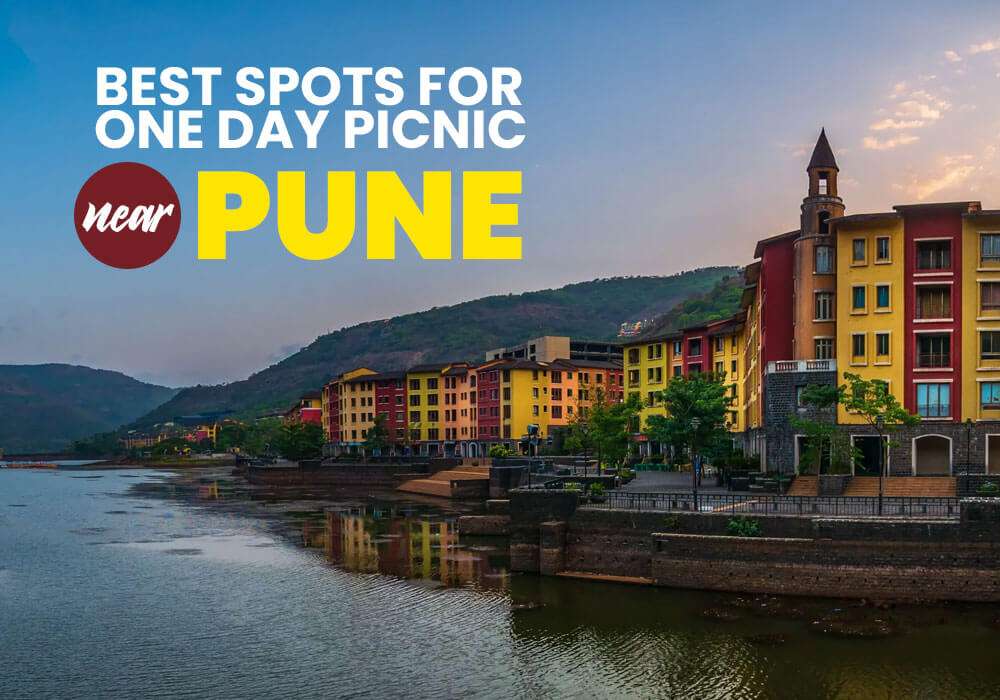
One Day Picnic Spot Near Pune - Adventure, Trekking and Natu...
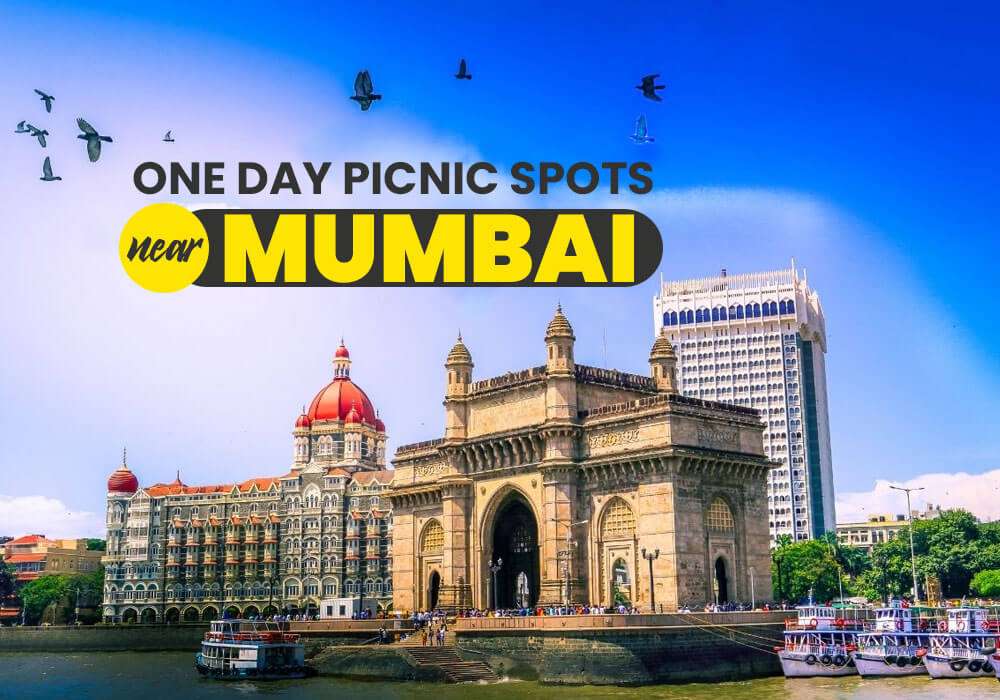
One Day Picnic Spots Near Mumbai - Monsoon, Adventure, Beach...
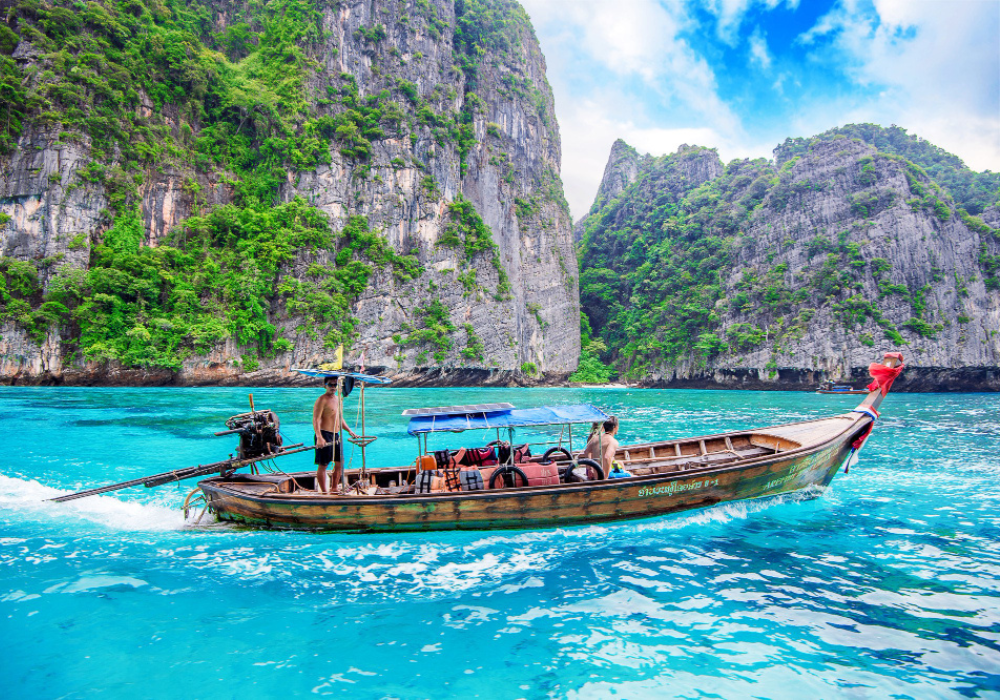
The Best Places to Go in Thailand in 2025
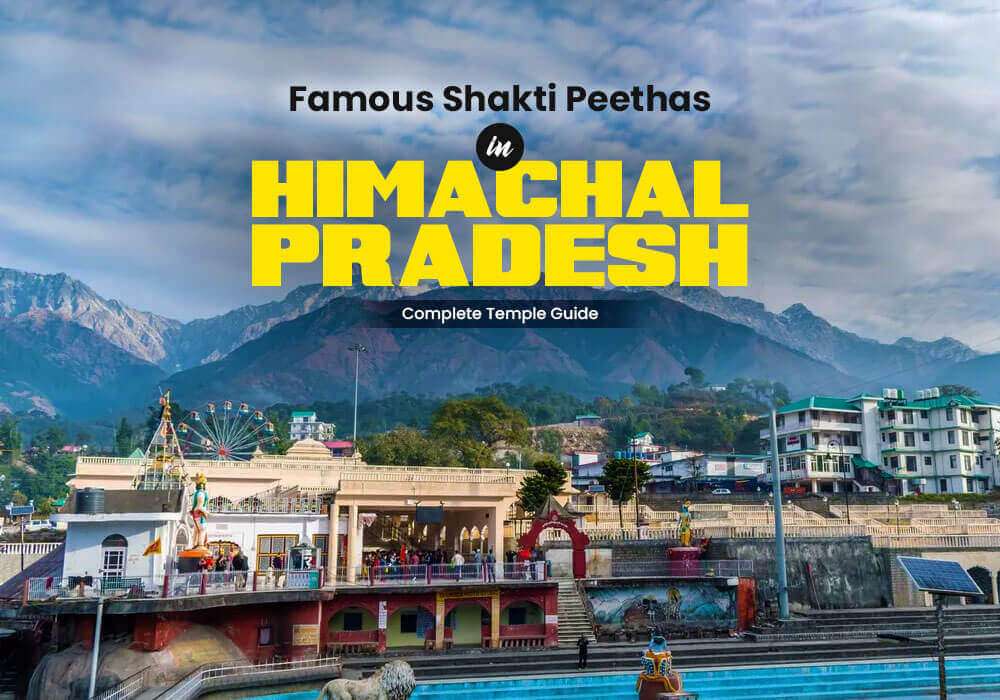

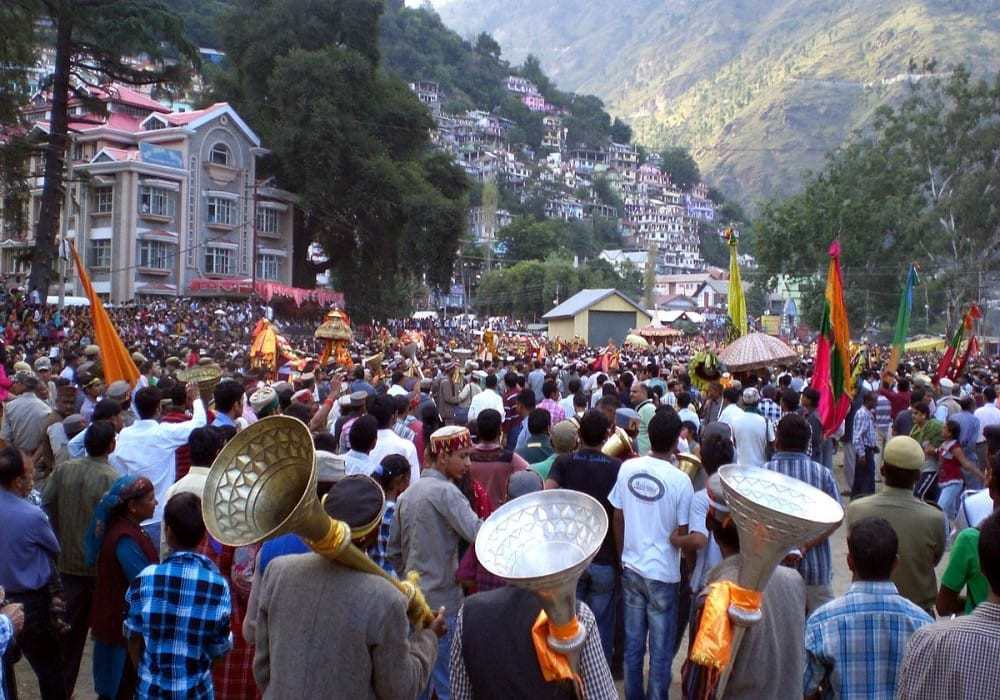
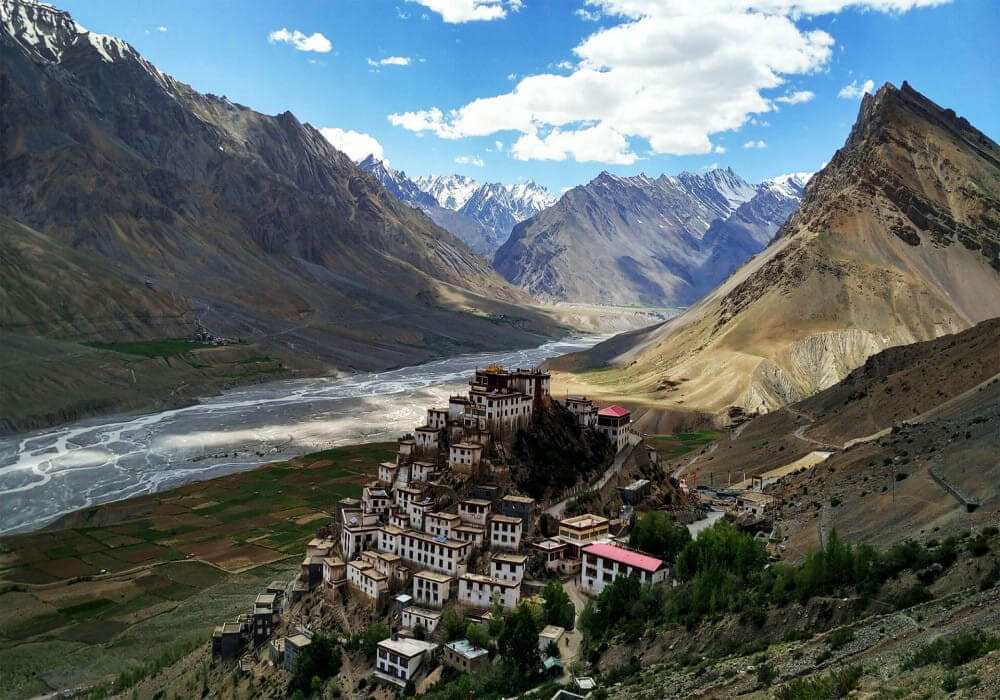
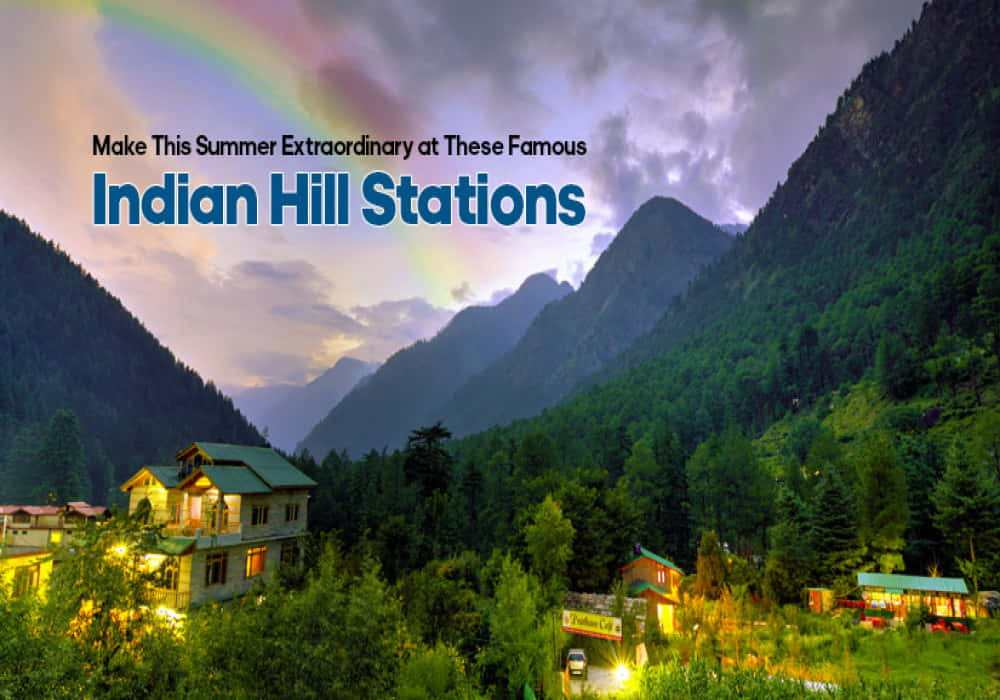

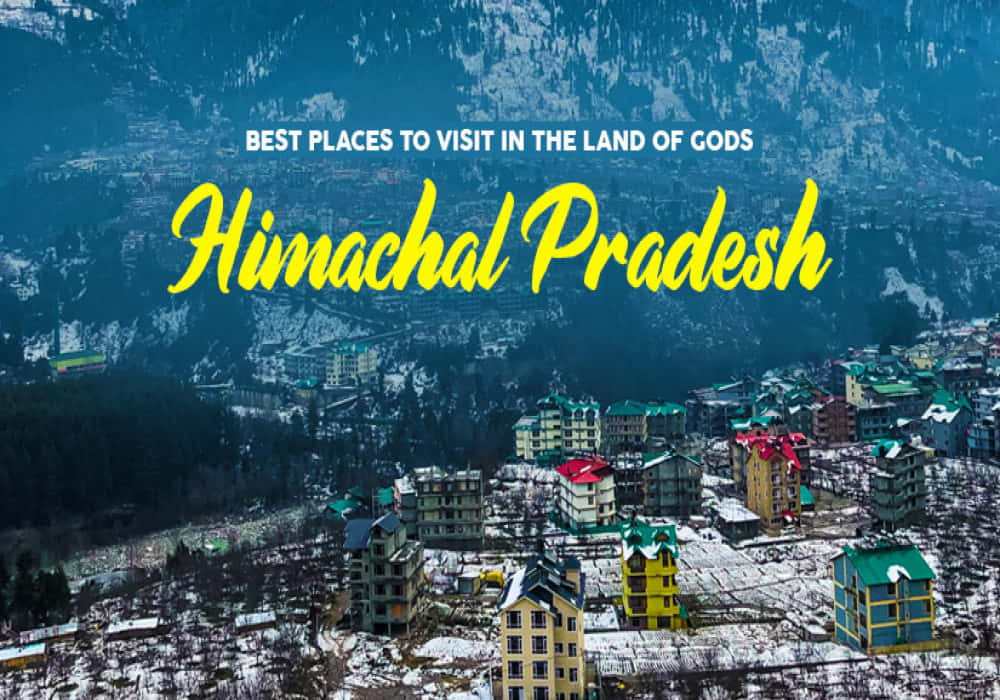
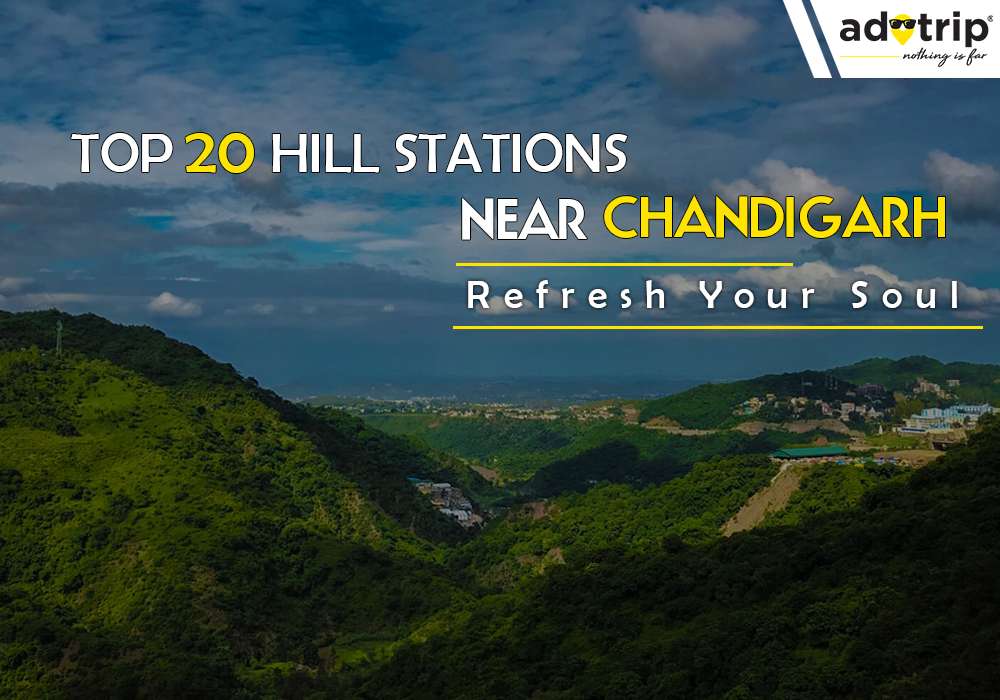
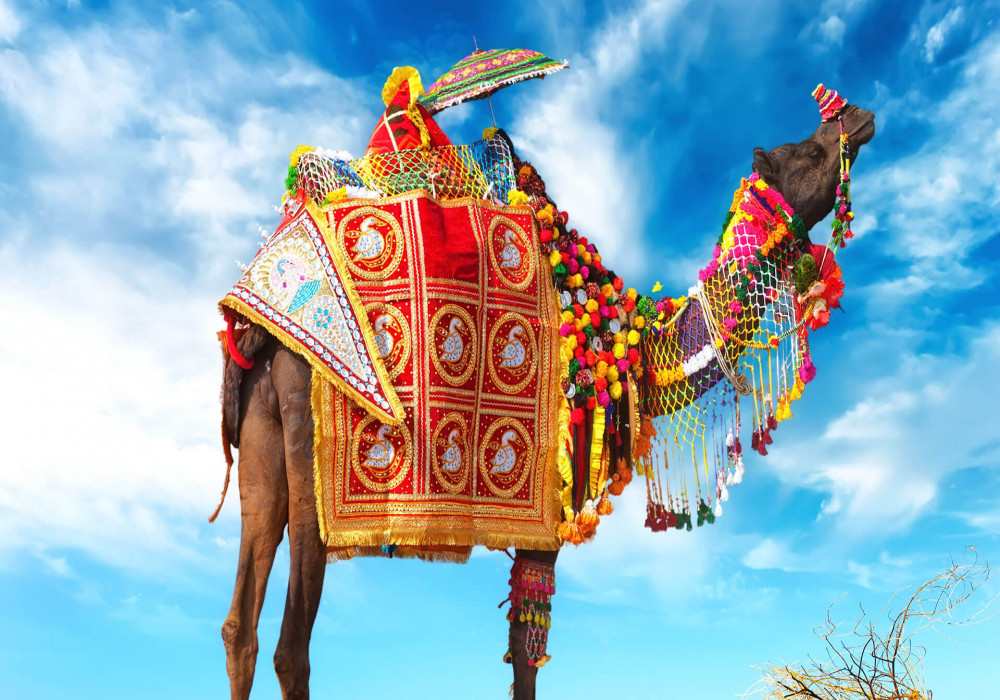
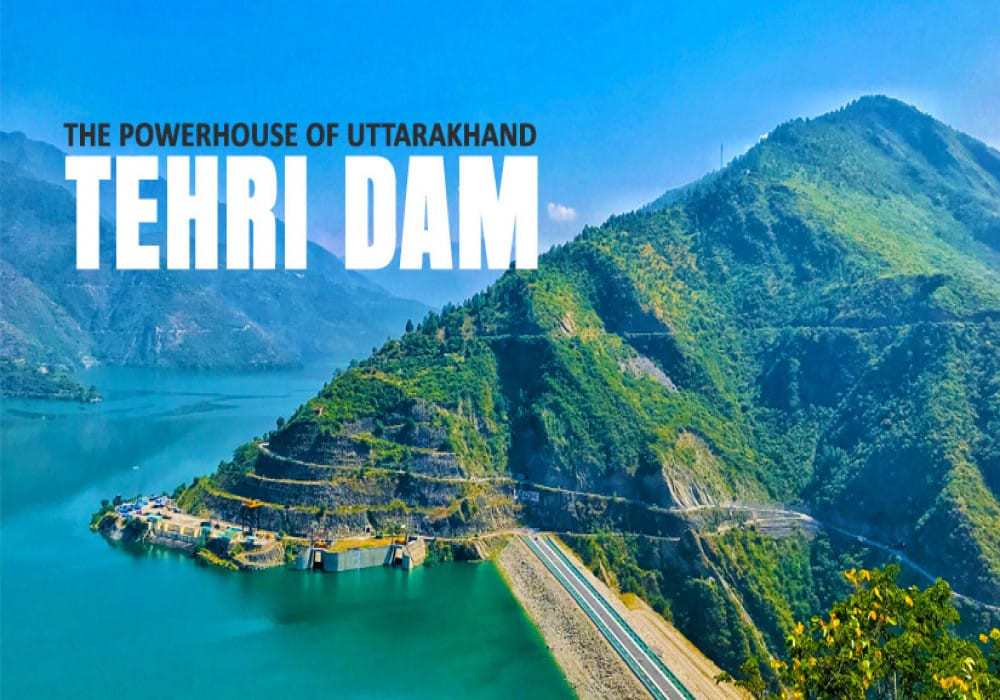


.jpg)
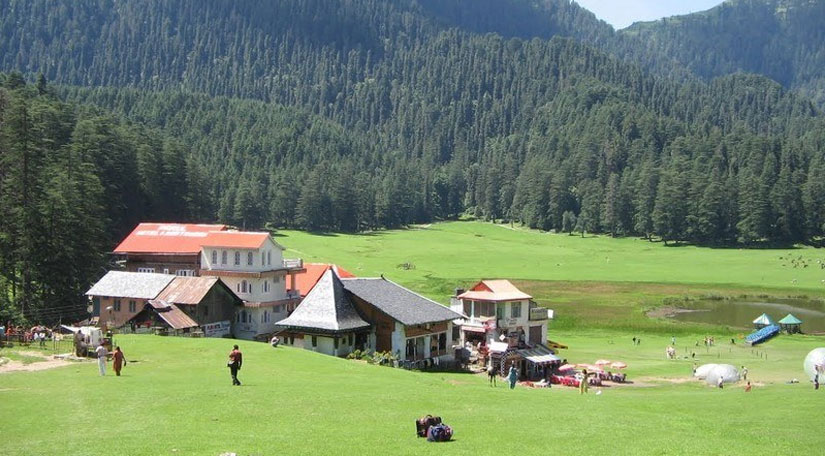
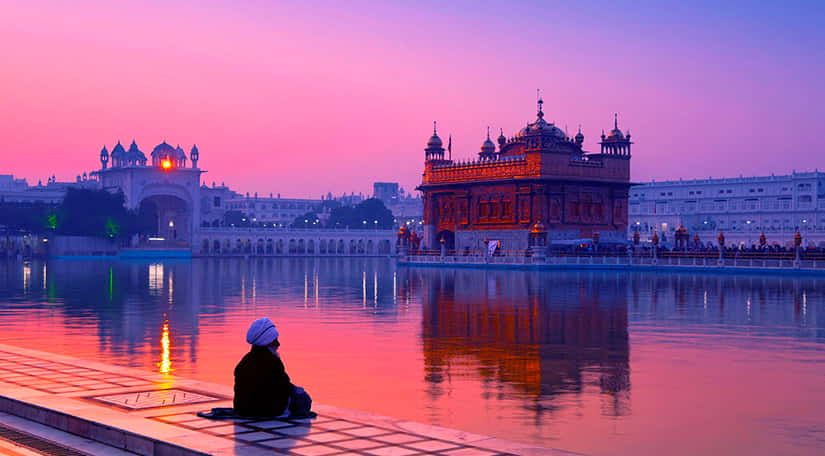
 Dubai
Dubai Malaysia
Malaysia USA
USA





